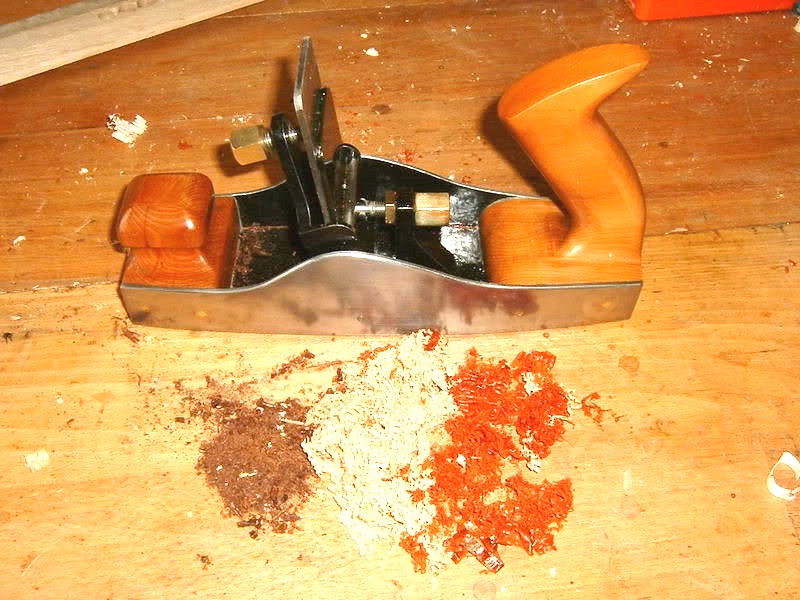Hi all,
I am writing to ask for some advice, from those of you who use toothing irons regularly. I make musical instruments, and find a toothing iron to be an excellent tool to take more stubborn woods down to thickness (usually to around 2mm). I then use a scraper to get rid of the toothing marks.
I recently learned about cambering my plane irons, and have had wonderful results. I can't see myself going back to a straight blade ever again.
Would there be any cons to also cambering my toothing iron? (I use it on a no. 5 jack plane). I am thinking it could help with greater accuracy of flatness, but perhaps given the tooth's, there may well be a reason not to camber it, that I do not know...
Could anybody with more knowledge on this matter fill me in on the pro's and cons of this?
Any advice would be very gratefully received.
Theo
I am writing to ask for some advice, from those of you who use toothing irons regularly. I make musical instruments, and find a toothing iron to be an excellent tool to take more stubborn woods down to thickness (usually to around 2mm). I then use a scraper to get rid of the toothing marks.
I recently learned about cambering my plane irons, and have had wonderful results. I can't see myself going back to a straight blade ever again.
Would there be any cons to also cambering my toothing iron? (I use it on a no. 5 jack plane). I am thinking it could help with greater accuracy of flatness, but perhaps given the tooth's, there may well be a reason not to camber it, that I do not know...
Could anybody with more knowledge on this matter fill me in on the pro's and cons of this?
Any advice would be very gratefully received.
Theo


































